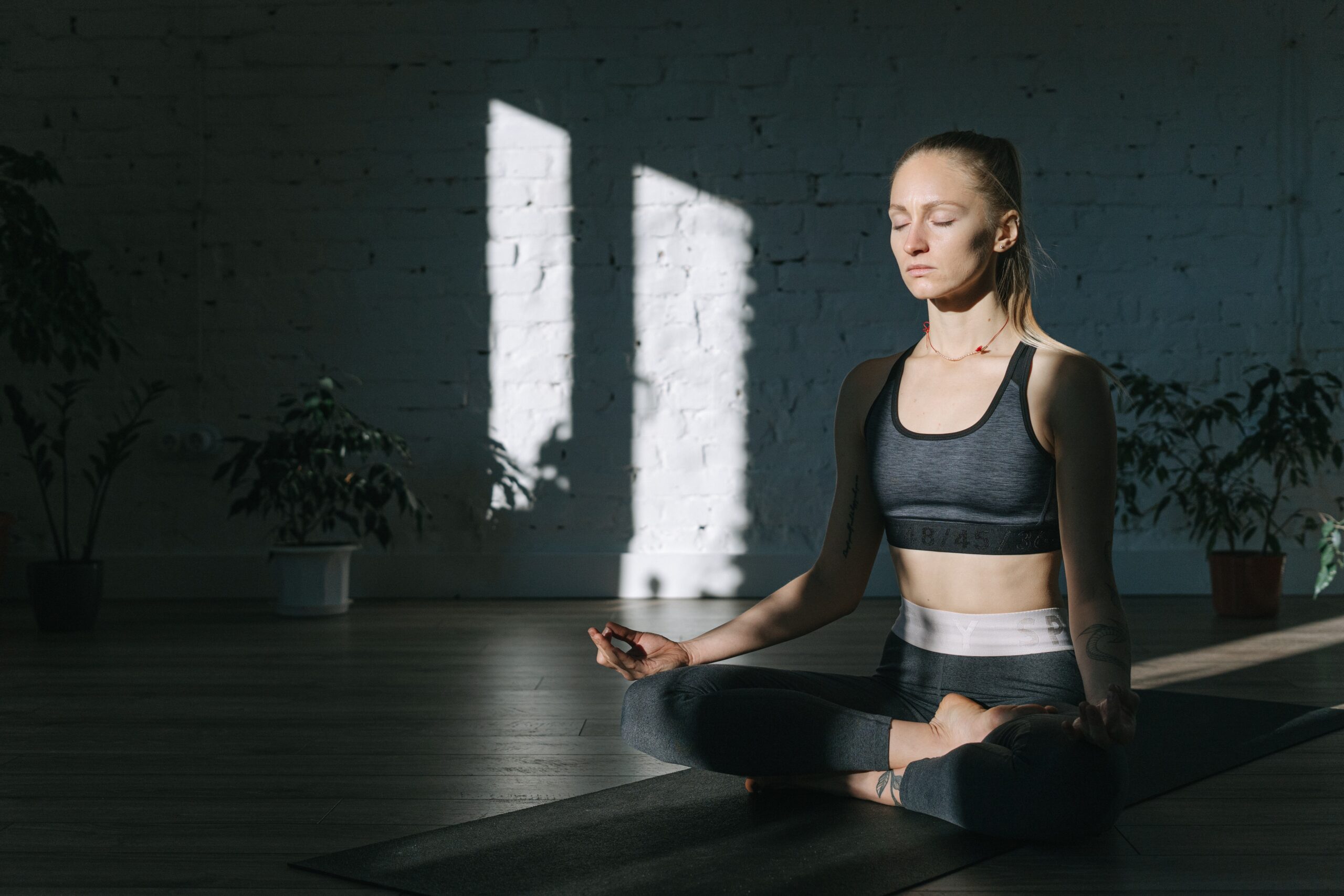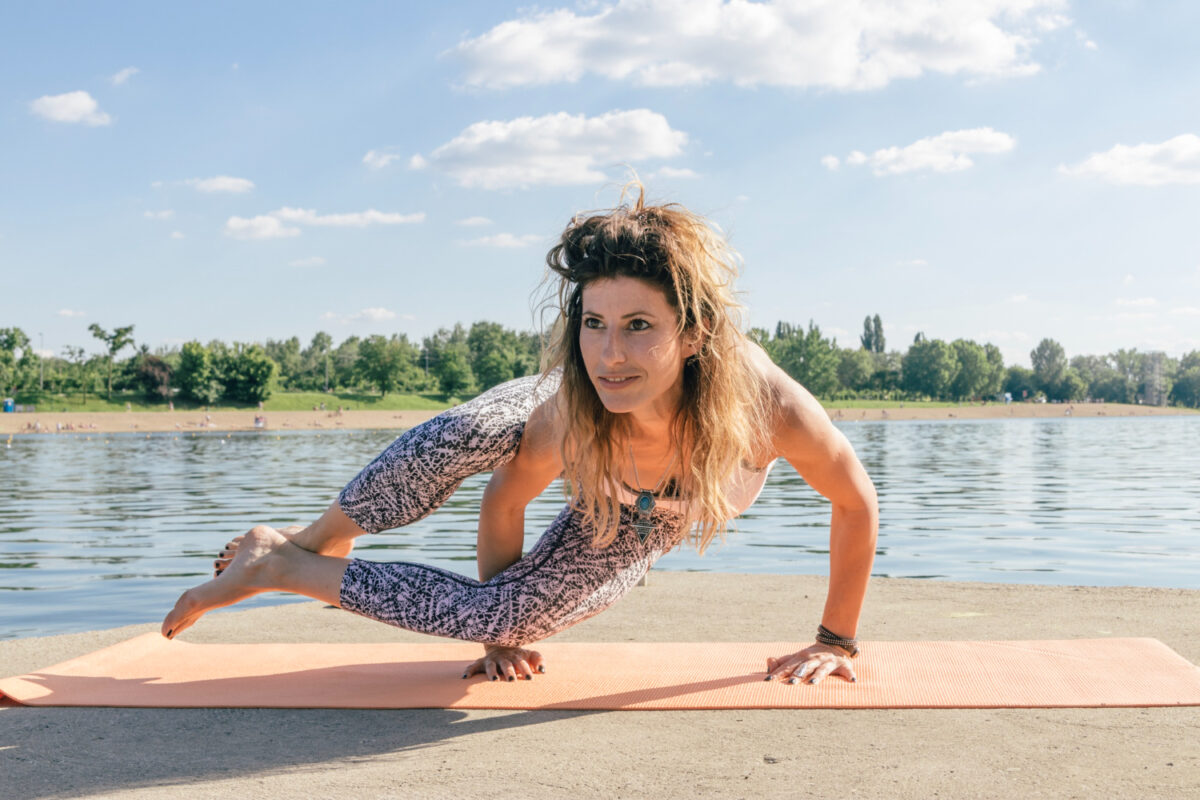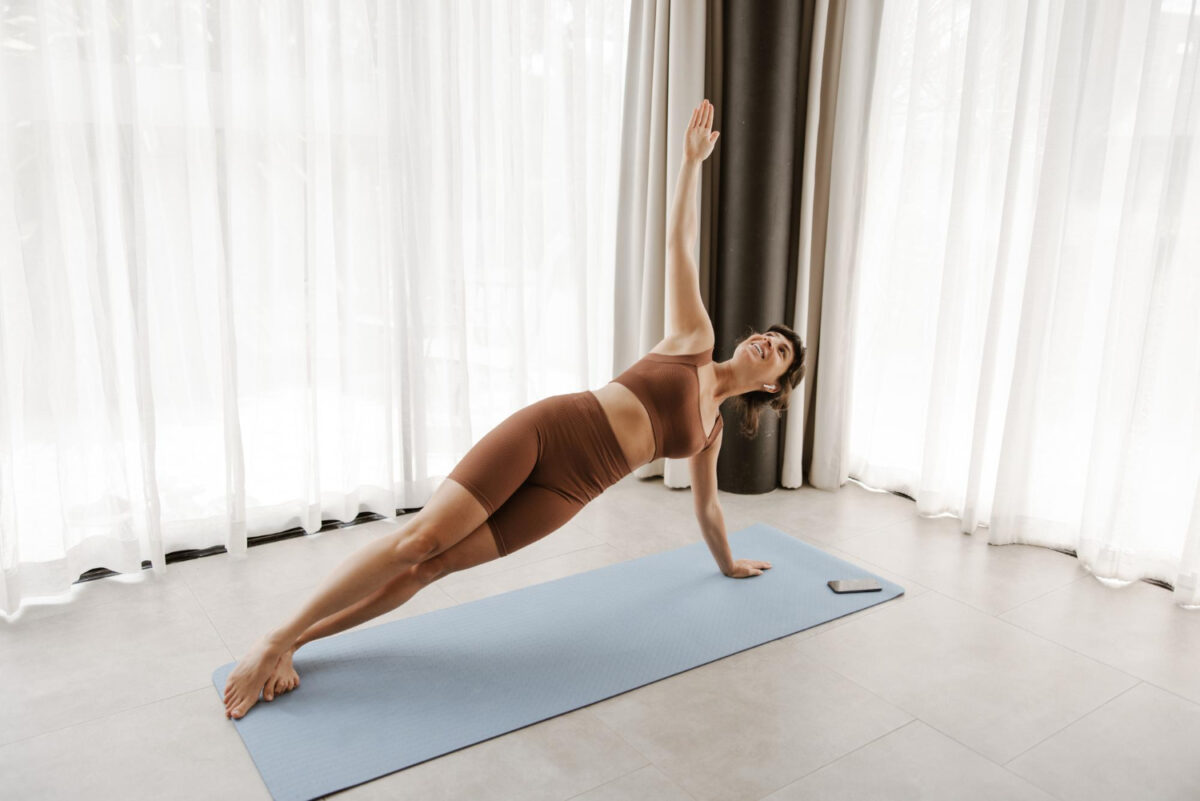Air entering, air leaving, the pleasure of breathing. When attending a yoga practice, one realizes the intimate relationship between yoga and breathing. In each breath you are practicing yoga, your practice is your breath. Today from Sincronia Yoga we explain the types of breathing in yoga, the exercises of pranayama.
Breathing is a reflex act that we do constantly from birth to death. We all breathe but some of us simply pay more attention to it than others. The great yogis and oriental sages several thousand years ago, through intuition, observation and contemplation, developed a series of techniques or methods to change the state of mind. Today, thanks to these yogis, with our current rhythm and lifestyle, we can use these techniques to regain physical health and calm.
Let's see what the types of breathing are in yoga.
Types of breathing in yoga
When we talk about breathing we are referring to the ventilation process, that is, the exchange of air in the lungs between external and internal air.
The first distinction we find to know what type of breathing we are doing is to look at the area of the body that is mobilized and the amount or volume of air involved. The diaphragm, the large breathing muscle, will adapt its movements to bring air to one area or another.
So we talk about four types of breathing.
Lower diaphragmatic or abdominal breathing
Low diaphragmatic breathing is commonly known as abdominal or navel breathing. Attention and movement are focused on the abdomen or lower abdominal area. The central part of the diaphragm, the phrenic center, is free (moving with breathing) while the part that touches the ribs is fixed.
The diaphragm then moves downward when inhaling and the belly swells. If inspiration is helped with abdominal movement, the belly can be rounded or inflated in different areas. When you exhale, all the muscles relax and, due to the difference in air pressure inside and outside the body, the diaphragm rises and the abdominals and belly retract. Likewise, you can accompany this passive process of expiration by activating the abdominal area to expel more air.
With this breathing, maximum ventilation is obtained in relation to minimal muscular effort. The abdominal viscera are mobilized, favoring circulatory drainage and their functions.
Upper diaphragmatic or thoracic breathing
The second type of breathing is high diaphragmatic, costal or thoracic breathing. The central part of the diaphragm remains static, while the part that touches the ribs relaxes. This produces a movement in the ribs that causes the lungs to swell when you inhale and the chest to rise and expand to the sides and back. As you exhale, the ribs come together and the chest sinks.
The amount of air that is mobilized is important but not as much as in the lower abdominal, especially in relation to the effort necessary to mobilize it. A large part of the lungs is filled, but not the lower or upper part.
Clavicle breathing
Clavicular breathing is carried out by filling the upper part of the lungs. It is done by raising the collarbones and the top of the sternum when inhaling. Only the upper part of the lungs receives oxygen and air from the outside.
It is very shallow breathing, typical of anxiety or panic attacks, where a physical blockage of the rest of the respiratory system occurs. A series of short breaths occur that prevent a large amount of air from entering the lungs.
Complete breathing
Finally The breathing par excellence in yoga is complete or yogic breathing. It takes place when they join:
- Adhama (lower): lower abdominal or diaphragmatic breathing,
- Madhyama (half): high thoracic or diaphragmatic breathing
- Uttara (superior): and clavicular breathing
integrating all three in a single breath.
Each of the three types of breaths mobilizes or fills a different area of the lungs with air. Therefore, complete breathing, combining the three, manages to completely fill the lungs with air, as well as empty them completely.
Inspiration is born in the navel by moving the diaphragm downward. When the lower part of the lungs is full, the ribs begin to open, filling the pectoral area and concludes by raising the collarbones and sternum but without raising the shoulders.
Exhalation can be done either by emptying from the navel or holistically the entire body at once.

Pranayama exercises
One of the great contributions of yoga is the discipline of pranayama or conscious regulation of breathing. It is a series of exercises or techniques that bring us closer to a deeper state of connection and meditation, in addition to providing us with great physical, mental and emotional benefits.
By combining the different types of breathing with the rhythms, the phases of breathing (inspiration, retention at full lungs, exhalation, suspension at empty lungs) and the alternation of nostrils, the different techniques or exercises of pranayama that are practiced in yoga classes.
Benefits of practicing pranayama
- Raise the prana or vital energy. Mobilizing it throughout the body.
- Increases lung capacity.
- Center the mind.
- It abstracts you from the external, gathering the senses towards the movement and sound of breathing.
- It invites you to be more present and focused.
- Refreshes body and mind.
- Calms excesses of heat, stimuli or fire, through slow breathing.
- Stimulates the digestive system through abdominal mobilization techniques.
- Explore breathing as a tool for internal connection.
There are multiple techniques and variants of exercises pranayama, from the classics maha pranayama (or eight great techniques collected in the texts with Hatha Yoga Pradipika) to a multitude of preparatory techniques and with specific objectives.
We could divide them into several types depending on their purpose:
Invigorating techniques
They warm the body, activate you, open the lungs, cleanse and increase body energy. For example: kapalabhati (cleansing of the skull), bhastrika (the bellows) or the breathing of the ax blow.
relaxing techniques
They calm the mind, draw the senses inward, lower the heart rate, regulate blood pressure and prepare for meditation. Some would be: ujjayi (the victorious one), samavritti (square breathing) or nadi shodhana (alternate breathing).
refreshing techniques
They cool the body, lower blood pressure, regulate digestion, center you and produce physical and mental calm, ideal for summer and for pregnant women. For example: sitar (language), sitkari (the teeth) or kaki (the crow's beak).
Meditative techniques
They free the mind, focus on the present moment, are the prelude to the meditative state and can be practiced as a meditation technique in itself. In this type of techniques we talk for example about: bhramari (the bumblebee), OM breathing or ujjayi.
how to practice pranayama or breathing exercises?
Generally the practice of pranayama It is done after the practice of pose and before meditation, or also as preparation for your practice as a cleansing technique. The best time to practice is usually during sunrise or sunset, although you can do it at any time as long as you are consistent and practice regularly.
Always try to practice in the same place, that is quiet, without burning incense during practice and preferably without any noise or background music. Remember that mental passivity and an attitude of listening, relaxation and surrender is more important than the technique itself.
We invite you to know the pranayama, its exercises and all types of breathing in the yoga classes that Sincronia offers both face-to-face What on-line. Additionally, in our virtual classroom you will find series of practice pranayama so you can enjoy the benefits of sitting and breathing.
Silvia Gallego
Yoga teacher, author and editor of breathing books





